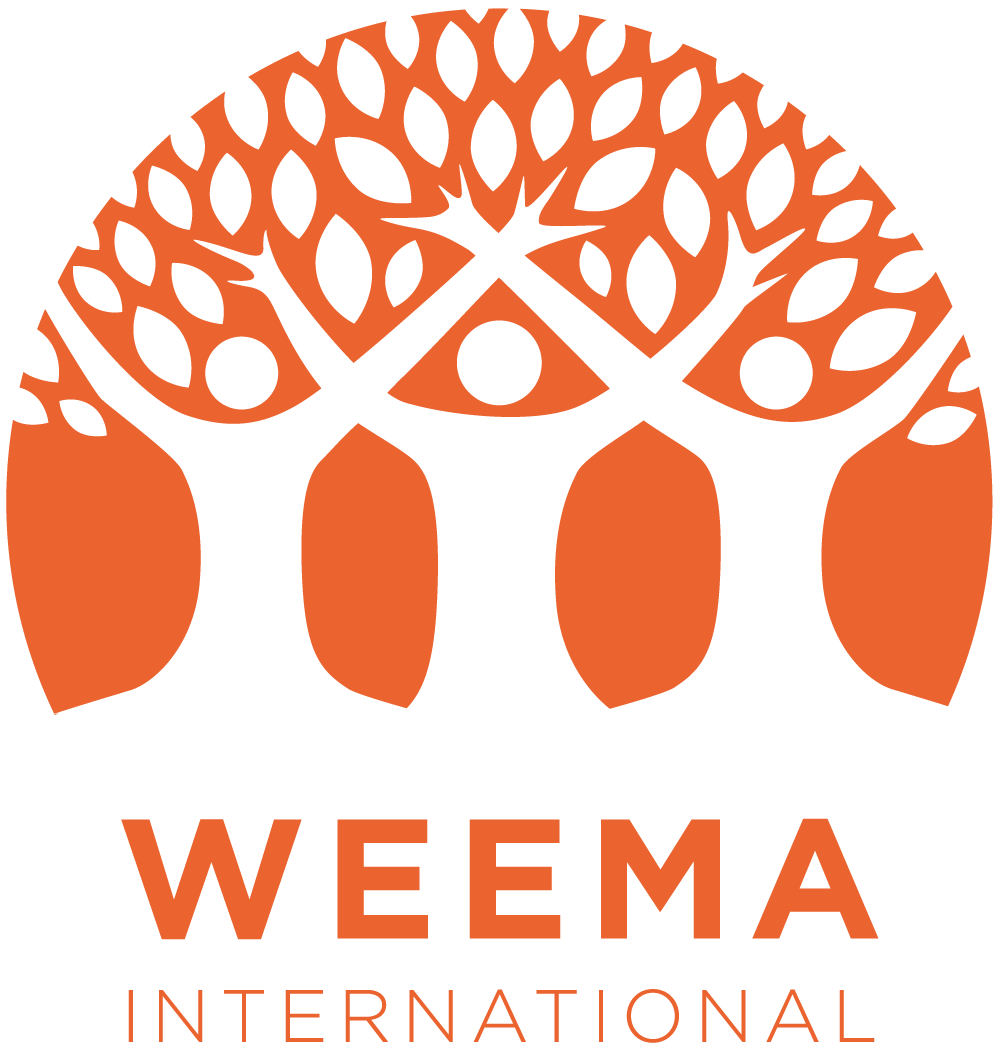Early Grade Reading
WEEMA works with primary schools, local education departments, and implementing partners to support early grade reading in the following ways:
Establish print rich, children friendly reading rooms within primary schools.
Provide high quality, multi-lingual children’s books. We prioritize mother tongue language text as much as possible.
Train local educators on mother tongue reading instruction and overall reading pedagogy.
Further details about these three interventions are outlined below.
Early Grade Reading Rooms
Access to Books: Early grade reading rooms ensure that rural Ethiopian children have access to a wide range of age-appropriate books. These rooms are equipped with a diverse collection of children's literature, including picture books, storybooks, informational texts, and educational materials. The availability of books encourages children to explore, discover, and engage in independent reading, which is crucial for developing reading skills.
Reading Support: Early grade reading rooms provide a conducive setting where children receive support and guidance to enhance their reading abilities. Trained facilitators or volunteers are often present to assist children in selecting appropriate books, help with decoding and comprehension skills, and foster a positive reading experience. These supportive interactions create a nurturing environment that encourages children to build confidence in their reading abilities.
Interactive Reading Activities: Reading rooms offer a platform for interactive reading activities that make the reading experience enjoyable and engaging. Storytelling sessions, group reading, read-alouds, and discussions about books allow children to develop language skills, expand their vocabulary, and develop comprehension abilities. Interactive activities also promote critical thinking, creativity, and imagination among young readers.
Literacy Skill Development: Early grade reading rooms focus on developing fundamental literacy skills, such as phonics, phonemic awareness, vocabulary, and comprehension. Through targeted activities and interventions, children can build a solid foundation in reading. These rooms provide resources and materials designed to support the specific needs of early-grade readers, thus allowing them to progress at their own pace.
Language and Cultural Preservation: In Ethiopia, where diverse languages are spoken, early grade reading rooms play a vital role in preserving local languages and cultures. These spaces ensure the availability of books in different Ethiopian languages, allowing children to develop literacy skills in their mother tongue. By embracing and valuing local languages, reading rooms promote cultural diversity, inclusivity, and a sense of identity among young readers.
MULTI-LINGUAL CHILDREN’S BOOKS
Language Development: Children learn best when they are taught in their mother tongue language during their early years. Children's books in mother tongue languages are an ideal platform for language development because they help children acquire vocabulary, sentence structures, and language patterns. By engaging with books in their mother tongue, children gain a strong foundation in their primary language, which in turn facilitates learning additional languages.
Literacy Skills: Introducing children to reading materials in their mother tongue language is vital for early literacy development. Children who learn to read in their mother tongue have a better understanding of sounds, letters, and words, leading to improved reading comprehension and overall literacy skills. When children are able to read and comprehend texts in their mother tongue, they can transfer those skills to other languages more easily.
Cognitive Development: Children's books in mother tongue languages stimulate cognitive development by encouraging critical thinking, problem-solving, and creativity. Reading stories in their familiar language enables children to fully engage with the content, understand complex ideas, and make connections with their own experiences. This cognitive engagement lays the groundwork for academic success and lifelong learning.
MOTHER TONGUE TEACHER TRAINING
Language-specific Pedagogy: Mother tongue reading teacher training focuses on language-specific pedagogy, providing teachers with strategies and techniques tailored to the unique characteristics of each language. This includes understanding phonetic systems, syllable structures, and grammar rules specific to the mother tongue. Teachers learn how to effectively teach letter-sound relationships, phonemic awareness, decoding, vocabulary development, and reading comprehension skills within the context of the specific language.
Reading Materials and Resources: Mother tongue reading teacher training provides teachers with access to appropriate reading materials and resources in different mother tongue languages. This includes storybooks, textbooks, reading guides, and teaching aids specifically designed for each language. Training programs guide teachers on how to select, adapt and create relevant and engaging reading materials that align with the language and reading levels of their students.
Phonics and Language Instruction: Teacher training emphasizes the importance of phonics instruction as a foundation for reading acquisition. Teachers learn effective methods for teaching phonics, including sound-symbol correspondence, blending, segmenting, and word analysis. Training programs also focus on developing language instruction skills to promote vocabulary development, sentence construction and comprehension strategies in the mother tongue language.
Interactive Teaching Techniques: Mother tongue reading teacher training encourages the use of interactive and participatory teaching techniques. Teachers learn how to incorporate storytelling, group discussions, guided reading, and other interactive activities to engage students actively. These techniques foster a love for reading, develop critical thinking skills, and create a collaborative learning environment where students can enhance their language and literacy abilities.
Continuous Professional Development: Teacher training programs emphasize the importance of continuous professional development to keep teachers up-to-date with best practices in mother tongue reading instruction. This includes workshops, mentoring, peer learning and ongoing support from educational experts and supervisors. Continuous professional development also helps teachers refine their teaching skills, exchange experiences, and stay abreast of the latest research and innovations in early grade reading education.
FUNDING AND IMPLEMENTING PARTNERS
ROOTS ETHIOPIA
LESLEY UNIVERSITY
OPEN HEARTS BIG DREAMS
EARLY GRADE READING LOG FRAME
(What is a log frame? A logical framework, often referred to as a log frame, is a planning tool used in international development to design, implement, monitor, and evaluate projects. It establishes a coherent structure to identify and express the project's goals, objectives, activities, inputs, outputs, outcomes, and impacts, while also defining the indicators for measuring success and identifying potential risks and assumptions. This framework fosters accountability and ensures that projects are effectively addressing identified needs and expected results.)

